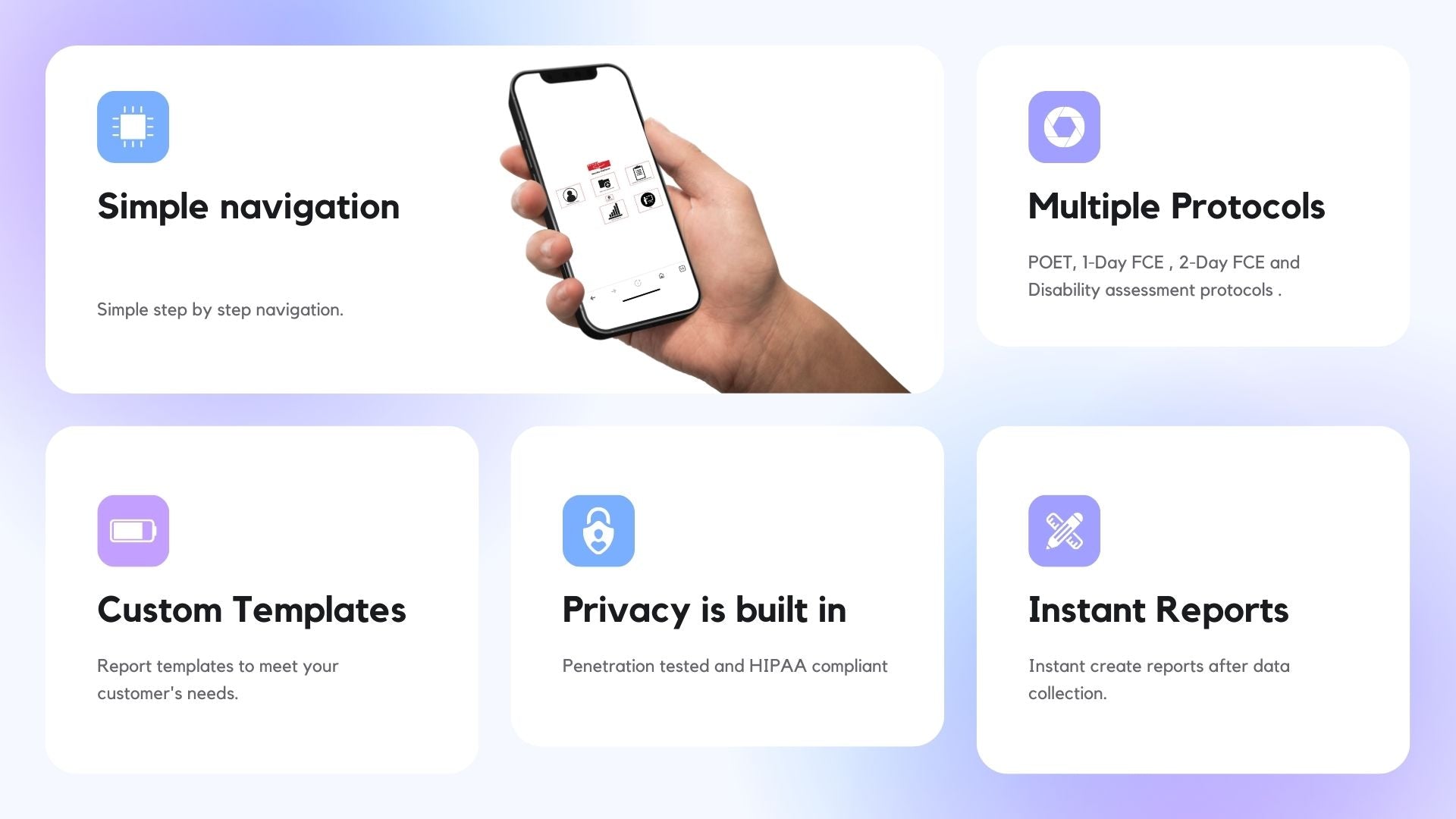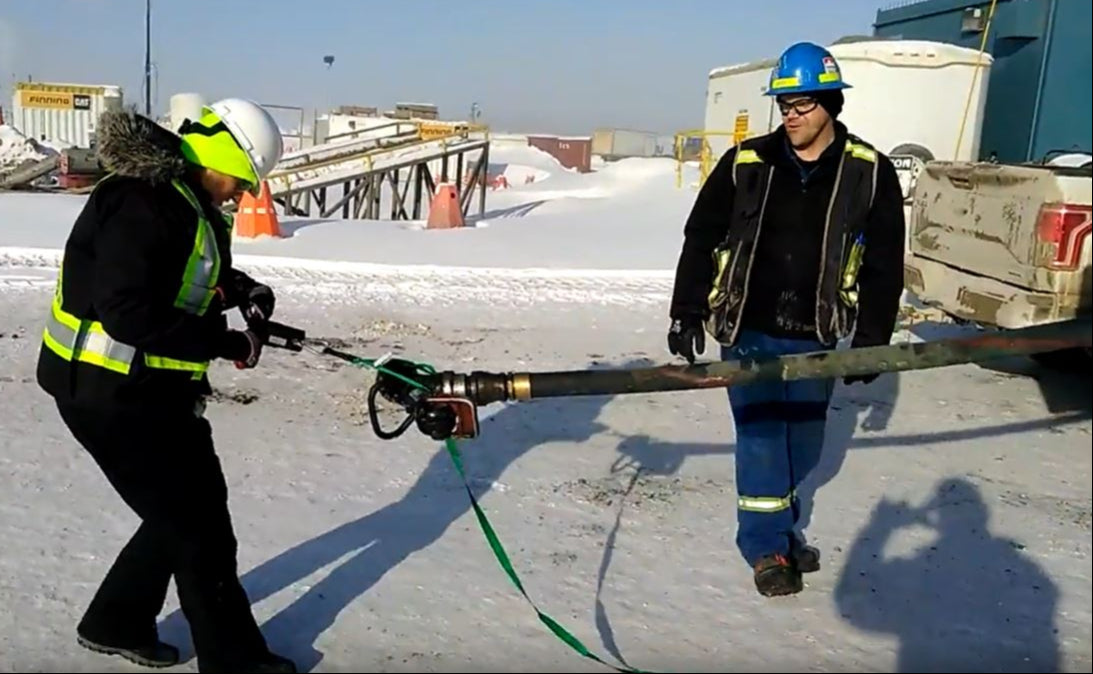Did you know that there are dimensions for conducting a job analysis?
Did you know that there are dimensions for conducting a job analysis?
What are the differences between Work performed and worker characteristics?
Both are major areas of job information and both involve a number of factors, which are based on evaluation of the activities and requirements of the job.
Let’s go through what each component actually means!
What are the work performed components?
There are three sub-components that are involved in this component; Worker function, work fields and material, products, subject matter and services (MPSMS).
Based on the Revised Handbook of Jobs Analysis, worker functions are best characterized by the way in which a job requires workers to function in relation to data, people and things. More specifically, by mental, interpersonal and physical worker actions.
That is really interesting!
What makes this different from the other two sub-component?
The work fields are more relevant to groupings of technologies and socioeconomic objectives reflecting work that gets done and as a result of the work activities of a job, of the purpose of a job. Whereas, MPMS includes materials being used (e.g. wood, metals..etc), final products, data and services.
That makes sense! How about the workers' characteristic components?
According to the RHAJ, there are 6 components that contribute to successful job performance. These components are listed as general educational development (GED), specific vocational preparation (SVP), aptitude, temperament, GOE (Interest areas) and physical demand and environmental conditions.
Are you interested in learning more about each sub-component for workers characteristics?
|
GED |
Relevant to reasoning development and to the acquisition of both language and mathematical skills that are required for workers to achieve satisfactory job performance. |
|
SVP |
This involves vocational preparation, acquiring information, learning the techniques and developing the facility for acceptable performance in a specific job according to the RHAJ. |
|
Aptitudes |
Abilities of an individual required of an individual in order to facilitate the learning of some tasks or job duty. |
|
Temperaments |
According to the RHAJ, this is defined as the adaptability requirements made on the workers by the job-worker situation. |
|
GOE |
Also known as interest areas, which is essentially a liking or preference for an activity. |
|
Physical and Environmental Conditions |
Physical demands - physical requirements made on the worker by specific job-worker situations. Environmental conditions - surroundings in which a job is performed. |
Those are all really important to note!
These are all factors that can contribute to the overall success of a job performance! Isn’t that cool!
Fun Fact
Did you know that technique sentence analysis is used to help the analyst express a job-worker situation in stance and concise form?
RHAJ, goes into depth about how this technique can make it easier for analysts to collect complete job information, to assign correct rating for this ratable work performed component, job summary and job description.
That is very helpful information for when considering how accurate one’s information should be in relevance to job information!
What are the different machines, tools, equipment and work aid used to carry out work activities?

Want to learn more about Jobs Demands Analysis?
You are at the right place!
We provide JDA certification training with the option to complete it at the comfort of your own home. The JDA certification training goes in-depth about everything you need to know about Assessments to even reporting.
Do you have questions or comments?
Comment below or email us at kevin@metriksfce.com, we would be happy to help assist you in any way we can!



